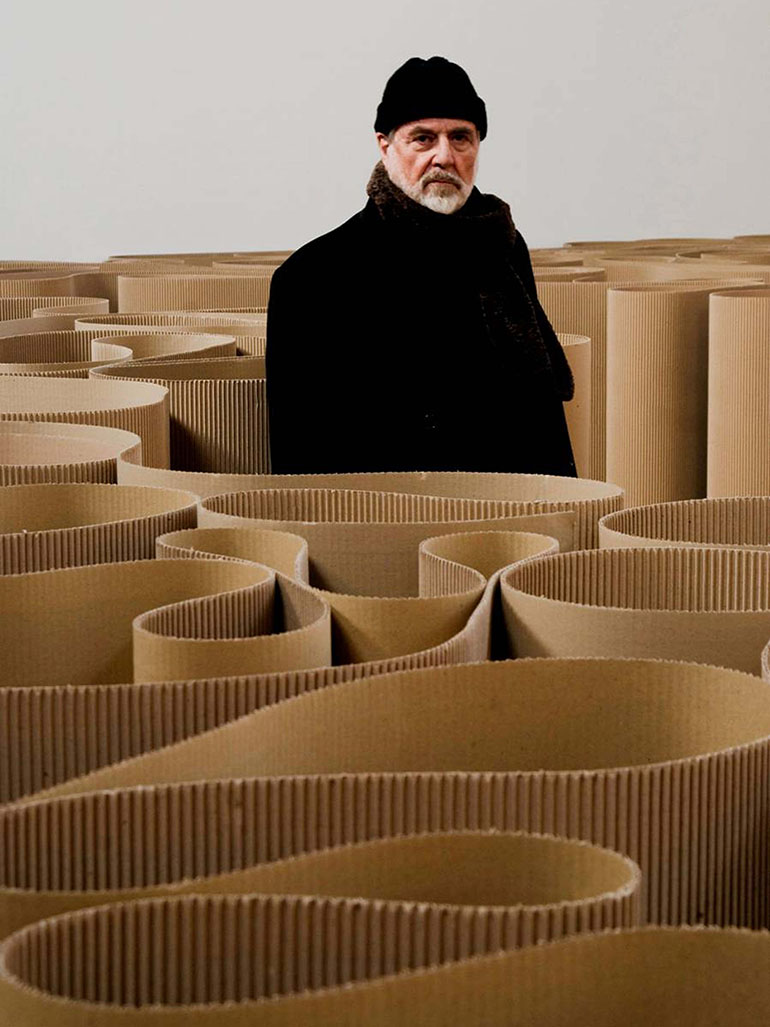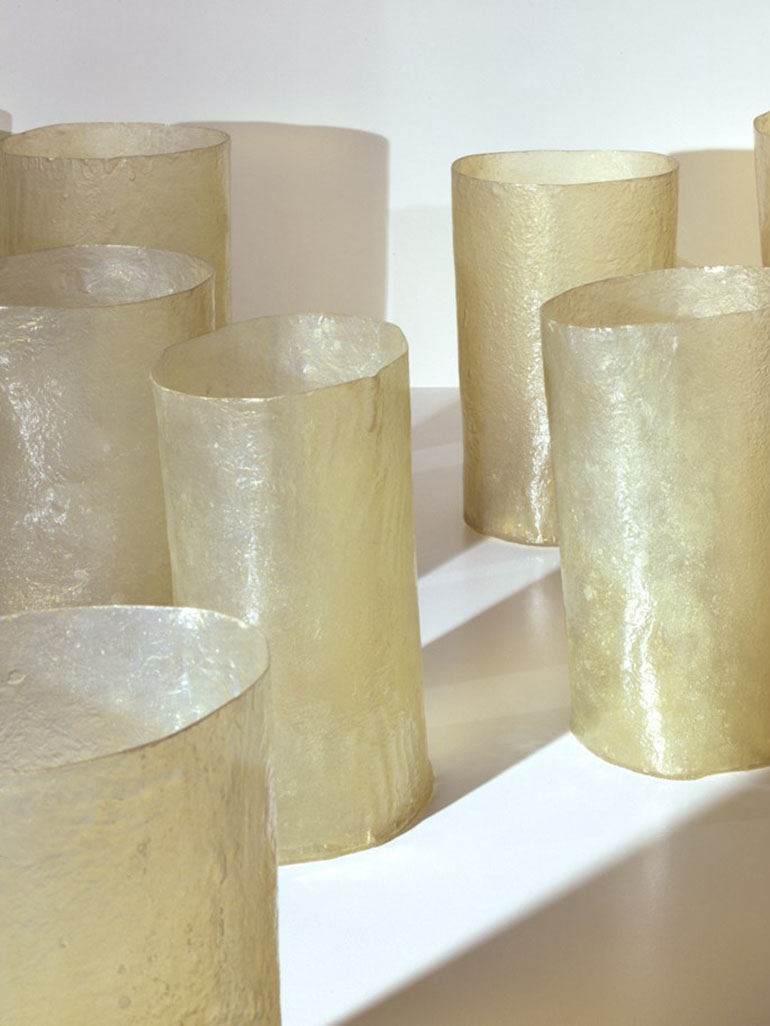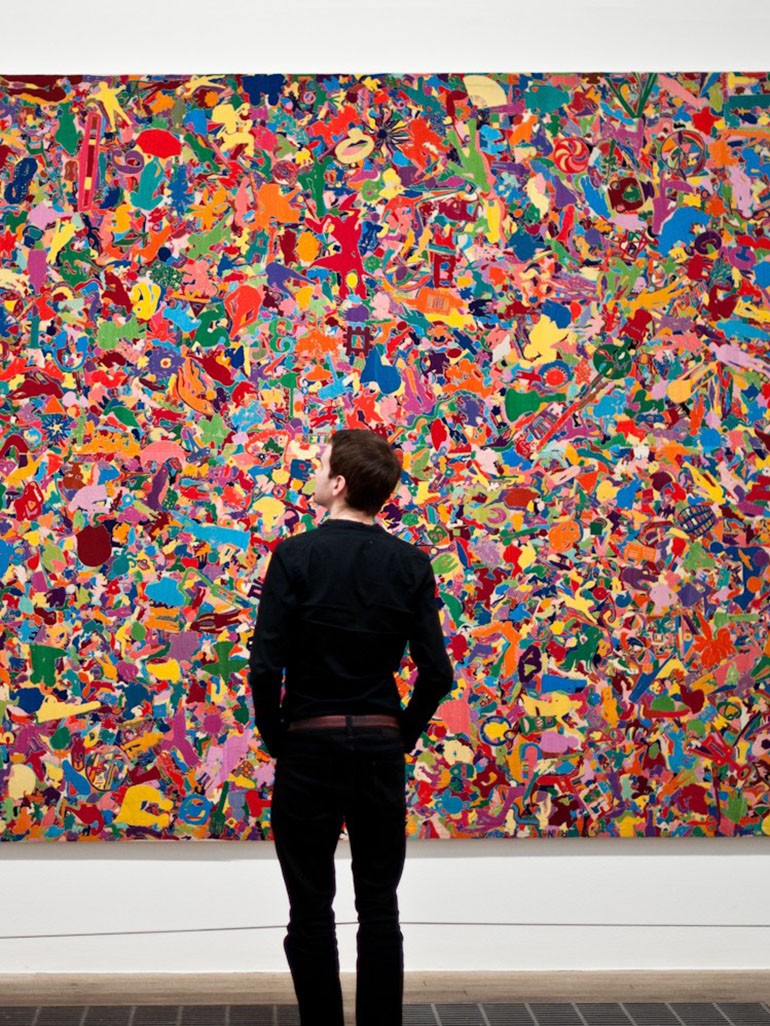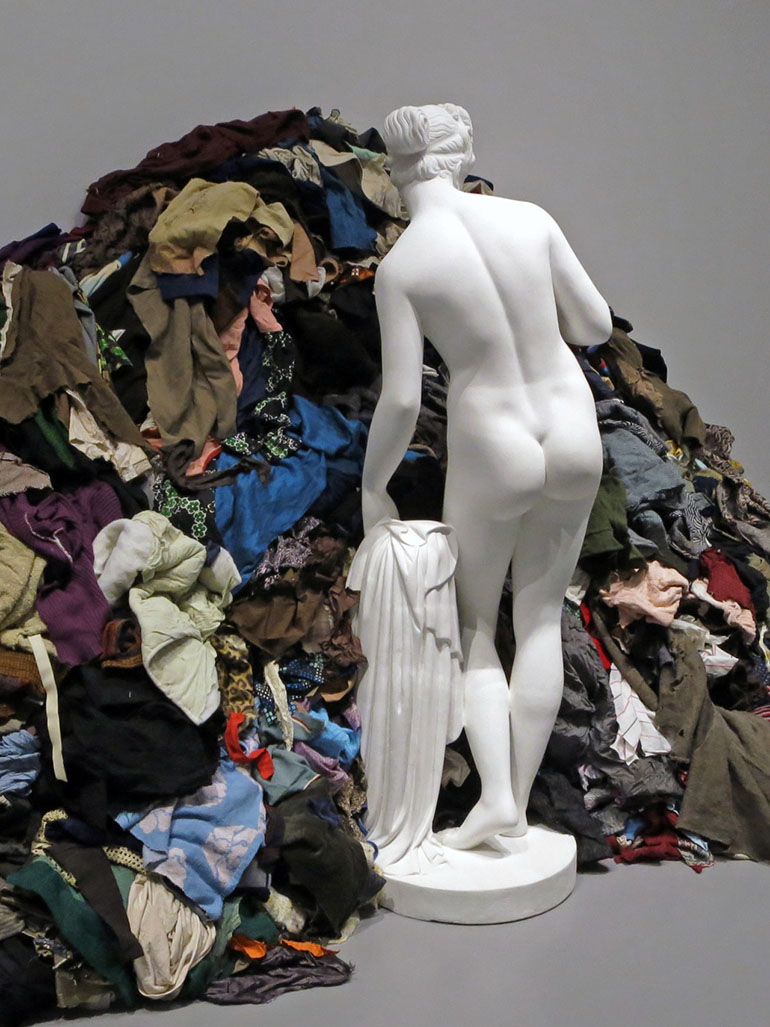Arte Povera
5 articles
Arte Povera means impoverished or poor art in Italian. It was one of Southern Europe’s most influential and significant avant-garde movements in the 1960s. It encompassed the work of scores of Italian artists.
The distinguishing characteristic of their work is the extensive use of cheap or “poor person’s” materials like rope, paper, rags, rocks, and soil to take the viewer to the pre-industrial age.
Arte Povera’s practices were meant to challenge the established idea of propriety, value, and material wealth. Through their artworks, they echoed their opposition to the 1960s widespread mechanization, modernism, and industrialization. Artists of this movement shied away from painting in favor of sculptures.
Related perspectives:Art & tapestriesCollaborative artConceptual artGroundbreaking artSite-specific art




